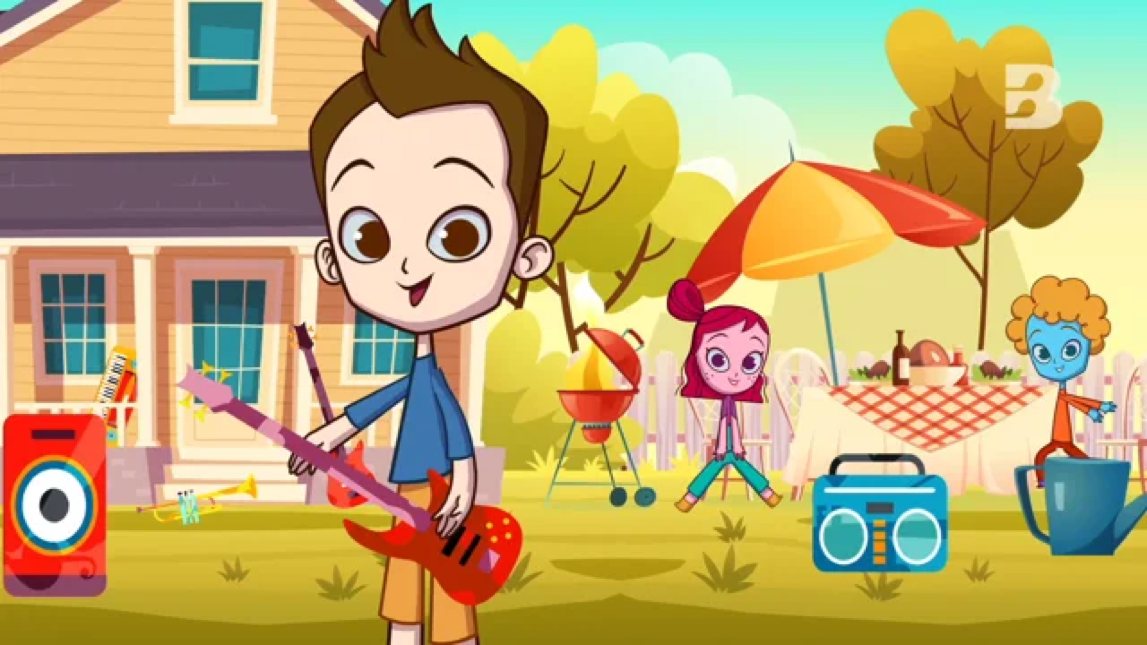
Childhood is a period of intense cognitive development and rapid learning during which children acquire their knowledge of the world by approaching a wide range of domains.
The first of such domains is language, the learning of which takes place within the social context closest to the children: Their own family. Language is an essential tool that enables us to communicate with others and to participate actively within a common cultural environment; for this reason adult family members support thoughts and actions through language, converting the experiences children live through at home into crucial settings for early language learning.
Three fundamental circumstances for language learning and acquisition have been identified:
Furthermore, the ability to speak other languages besides one’s own is considered today as a basic training requirement. Languages are not only mere means of communication used for information exchange, but they represent cultural expressions that embody individual and collective identities, values, and world-views.
Presently, there exist a wide assortment of websites and smartphone applications available on the market offering foreign language/s self-teaching methods. Sadly, these rarely offer endorsed pedagogical contents nor do they address specific levels of pre-existing knowledge or different age ranges.
The objective of BRAVO is to produce and to offer learning materials that are structured according to the CEFR (Common European Framework of Reference for Languages) and created with the support of the families that, in this way, become part of, and are involved in, the initial levels of knowledge acquisition.
REFERENCES |
Dickinson DK. Bridges to literacy: Children, families, and schools. Cambridge, Blackwell; 1994.
Bruner J.: Child’s talk: Learning to use language. New York, Norton, 1983.
Vygotsky LS.: Thought and language. Cambridge. MIT Press, 1962.